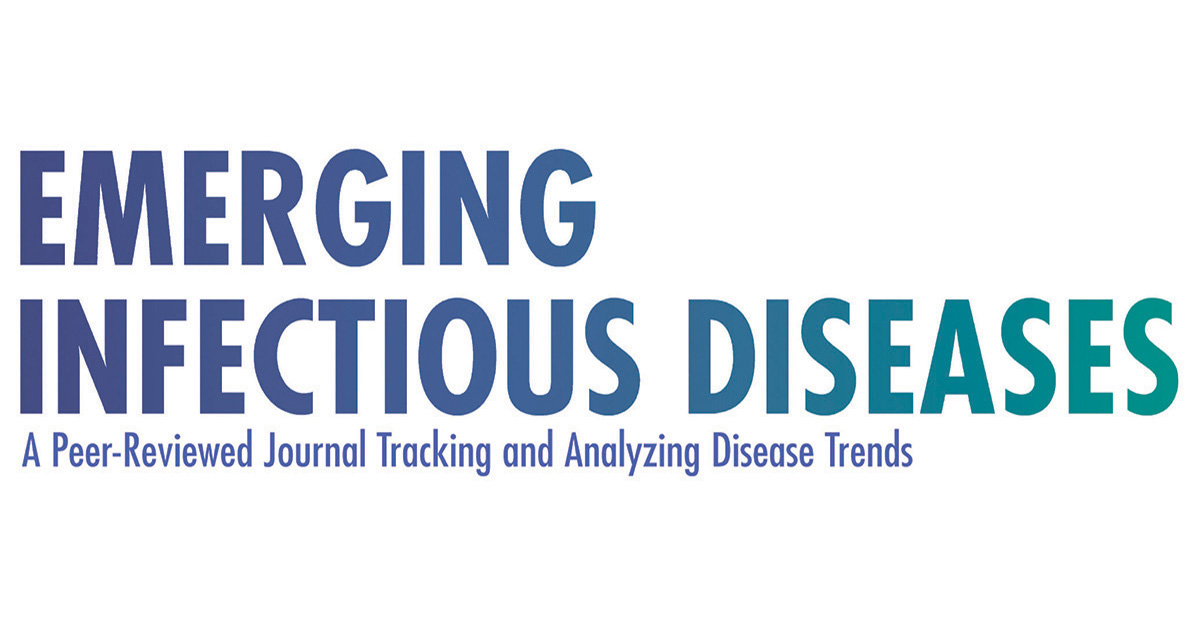EID Journal
Past Issues
February 2012
Volume 18, Number 2?February 2012
Perspective
Pathogenic Responses among Young Adults during the 1918 Influenza Pandemic
Article Contents
Unique and Unexplained Characteristics of the 1918 Pandemic
Hypotheses
References
Figure
Suggested Citation
G. Dennis ShanksComments to Author and John F. Brundage
Author affiliations: Australian Army Malaria Research Institute, Enoggera, Queensland, Australia (G.D. Shanks); Armed Forces Health Surveillance Center, Silver Spring, Maryland, USA (J.F. Brundage)
Suggested citation for this article
Abstract
Of the unexplained characteristics of the 1918?19 influenza pandemic, the extreme mortality rate among young adults (W-shaped mortality curve) is the foremost. Lack of a coherent explanation of this and other epidemiologic and clinical manifestations of the pandemic contributes to uncertainty in preparing for future pandemics. Contemporaneous records suggest that immunopathologic responses were a critical determinant of the high mortality rate among young adults and other high-risk subgroups. Historical records and findings from laboratory animal studies suggest that persons who were exposed to influenza once before 1918 (e.g., A/H3Nx 1890 pandemic strain) were likely to have dysregulated, pathologic cellular immune responses to infections with the A/H1N1 1918 pandemic strain. The immunopathologic effects transiently increased susceptibility to ultimately lethal secondary bacterial pneumonia. The extreme mortality rate associated with the 1918?19 pandemic is unlikely to recur naturally. However, T-cell?mediated immunopathologic effects should be carefully monitored in developing and using universal influenza vaccines.
Past Issues
February 2012
Volume 18, Number 2?February 2012
Perspective
Pathogenic Responses among Young Adults during the 1918 Influenza Pandemic
Article Contents
Unique and Unexplained Characteristics of the 1918 Pandemic
Hypotheses
References
Figure
Suggested Citation
G. Dennis ShanksComments to Author and John F. Brundage
Author affiliations: Australian Army Malaria Research Institute, Enoggera, Queensland, Australia (G.D. Shanks); Armed Forces Health Surveillance Center, Silver Spring, Maryland, USA (J.F. Brundage)
Suggested citation for this article
Abstract
Of the unexplained characteristics of the 1918?19 influenza pandemic, the extreme mortality rate among young adults (W-shaped mortality curve) is the foremost. Lack of a coherent explanation of this and other epidemiologic and clinical manifestations of the pandemic contributes to uncertainty in preparing for future pandemics. Contemporaneous records suggest that immunopathologic responses were a critical determinant of the high mortality rate among young adults and other high-risk subgroups. Historical records and findings from laboratory animal studies suggest that persons who were exposed to influenza once before 1918 (e.g., A/H3Nx 1890 pandemic strain) were likely to have dysregulated, pathologic cellular immune responses to infections with the A/H1N1 1918 pandemic strain. The immunopathologic effects transiently increased susceptibility to ultimately lethal secondary bacterial pneumonia. The extreme mortality rate associated with the 1918?19 pandemic is unlikely to recur naturally. However, T-cell?mediated immunopathologic effects should be carefully monitored in developing and using universal influenza vaccines.

Comment